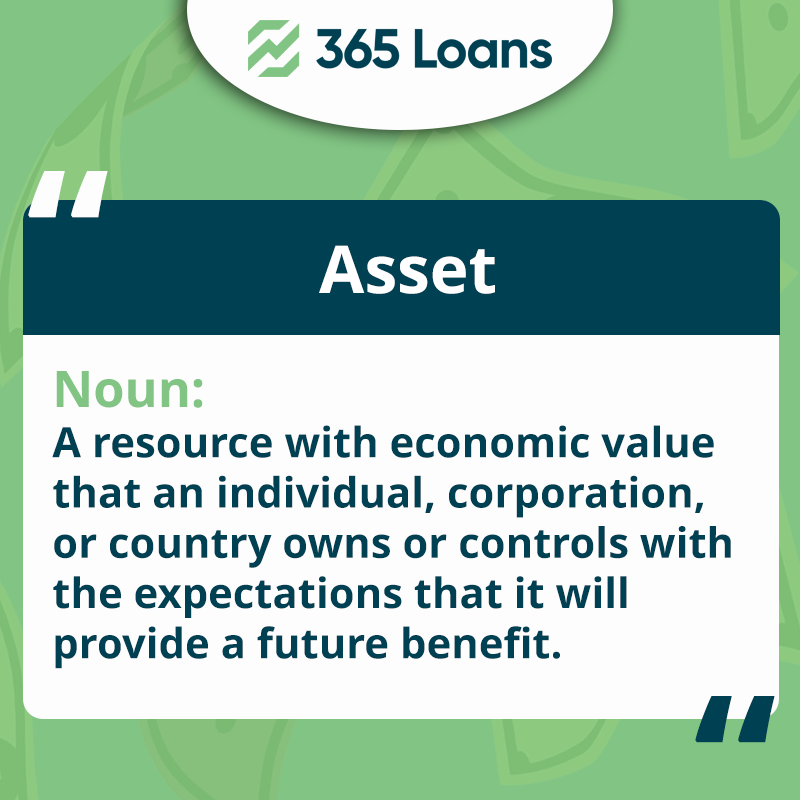In the world of finance and investment, determining the real value of assets is a crucial skill. Whether you’re a seasoned investor, a business owner, or simply someone looking to make informed financial decisions, understanding the true value of assets can significantly impact your choices and outcomes. Assets can encompass a wide range of items, from stocks and real estate to intellectual property and machinery. In this article, we will delve into the key concepts and methods for determining the real value of assets.
Why Determining Real Value Matters

The real value of an asset, often referred to as its intrinsic value, is the actual worth of the asset independent of market fluctuations, emotions, and other external factors. Knowing the real value of an asset is essential for various reasons:
- Informed Investment Decisions: Whether you’re buying stocks, real estate, or other financial instruments, understanding the real value helps you assess whether an asset is overvalued, undervalued, or fairly priced. This knowledge can guide you in making wise investment choices.
- Risk Management: Overestimating an asset’s value can lead to financial losses. By accurately determining the real value, you can mitigate the risk of purchasing assets at inflated prices.
- Strategic Business Moves: For businesses, knowing the real value of their assets is essential for strategic planning, mergers and acquisitions, fundraising, and financial reporting.
- Negotiations: When selling or buying assets, having a clear understanding of their true value empowers you during negotiations. It prevents you from underselling your assets or overpaying for others.
Methods for Determining Real Value
Several methods can help you ascertain the real value of different types of assets. The choice of method often depends on the nature of the asset and the available data. Here are some commonly used approaches:
- Intrinsic Valuation for Stocks: Intrinsic valuation assesses the fundamental characteristics of a stock to determine its value. Techniques like Discounted Cash Flow (DCF) analysis estimate the present value of an asset’s expected future cash flows. By factoring in growth rates, risk, and discount rates, you can arrive at an intrinsic value for the stock.
- Comparable Analysis: This method is commonly used for valuing real estate and businesses. It involves comparing the asset in question to similar assets that have recently been sold or valued. By adjusting for differences, you can estimate the value of your asset.
- Replacement Cost Method: This approach is used for valuing physical assets like buildings and machinery. It calculates the cost of replacing the asset with an equivalent new one. While it doesn’t account for market fluctuations, it provides a baseline value.
- Income Capitalization: This method is used for valuing income-generating properties, such as rental properties and commercial real estate. It estimates the value based on the property’s expected future income, applying a capitalization rate that reflects the risk and return.
- Option Pricing Model: This complex method is used for valuing assets with embedded options, such as financial derivatives. It considers factors like volatility, time to expiration, and underlying asset value to determine the option’s real worth.
Considerations and Challenges
While these methods offer valuable insights, determining real asset value isn’t always straightforward. Challenges can arise due to factors like market volatility, changes in economic conditions, and the availability of accurate data. Behavioral biases, such as herd mentality or emotional attachment to assets, can also cloud judgment.
Moreover, accurately predicting future cash flows, growth rates, and discount rates is inherently uncertain. Small changes in these variables can lead to significantly different valuations.

Conclusion
Determining the real value of assets is a complex but essential task that underpins sound financial decisions. Whether you’re investing, managing a business, or engaged in negotiations, understanding the intrinsic value of assets provides a solid foundation for your choices. Remember, the key lies in seeking knowledge, staying updated, and approaching asset valuation with a blend of analytical rigor and critical thinking.







